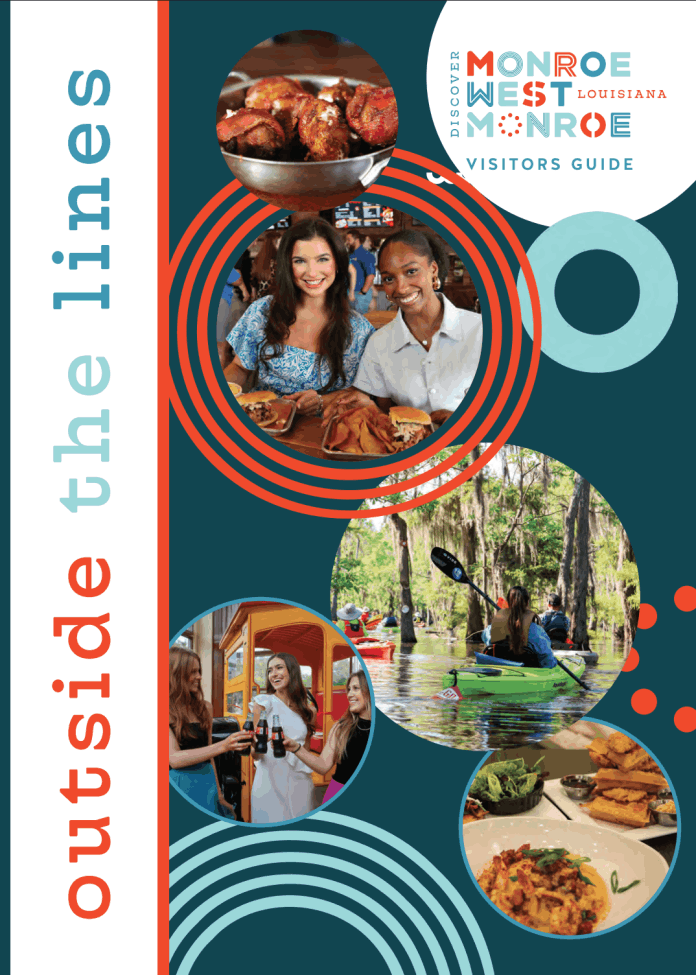Population & Demographics: Understanding Our Diverse Community
A Diverse Community United by Shared Values
When you walk through Monroe's neighborhoods, attend community events, or interact with patients and colleagues, you'll experience a community that reflects both the
cultural richness of Louisiana and the welcoming spirit that draws people together across different backgrounds.
The Monroe Metropolitan Statistical Area serves over 207,000 residents across three parishes – Ouachita, Union, and Morehouse –
creating a substantial patient base and referral network that supports robust medical practices while maintaining the personal connections that make healthcare rewarding.
The city of Monroe itself has a current population of approximately 46,000 residents, with a median age of 34.7 years that reflects a healthy balance between
established families and young professionals. You'll find this age distribution particularly appealing as a physician – mature enough to value quality healthcare and stable enough to build
long-term patient relationships, yet youthful enough to embrace new medical approaches and technologies. This slightly younger median age compared to many American communities
means you'll be caring for patients who are building careers, raising families, and establishing roots rather than dealing primarily with end-of-life care complexities.
Rich Cultural Diversity and Heritage
Monroe's demographic composition creates a vibrant cultural tapestry that enriches both personal and professional life.
The community is approximately 60.3% Black or African American and 32.7% White, with growing populations of Hispanic residents (3.0%)
and smaller but significant Asian American communities. This diversity, rooted in a complex history spanning Native American, Spanish, French, and American influences,
fosters a setting where cultural celebrations, diverse perspectives, and varied healthcare needs make medical practice both challenging and rewarding.
The Vietnamese community, which grew following the Vietnam War, has deep cultural roots in Monroe, while Mexican Americans represent the largest Hispanic group.
You'll enjoy cultural events throughout the year – from traditional Southern festivals to international celebrations – that reflect the global character of modern Monroe.
As a physician, this diversity means you'll gain experience with varied health beliefs, cultural medical practices, and the opportunity to serve
patients from many backgrounds.
- Metropolitan Population: 207,104 residents across the three-parish region, providing substantial healthcare demand
- Demographic Balance: Healthy mix of age groups with median age of 34.7 years, ideal for family medicine and specialty practices
- Cultural Richness: Significant African American, Vietnamese, Mexican American, and other international communities creating diverse patient populations
- Educational Foundation: Home to University of Louisiana at Monroe with 8,100+ full-time students adding intellectual vibrancy and healthcare opportunities
- Professional Opportunities: Growing healthcare sector with major employers including multiple hospital systems creating spouse employment options
Economic Characteristics and Professional Environment
The Monroe area demonstrates economic stability that supports successful medical practices. Major employment sectors include
healthcare and social assistance (the largest), retail trade, and accommodation and food services.
Healthcare and education represent the highest-paying industries, with seven of the ten highest-paying jobs being healthcare-related
(including physicians, pharmacists, and nurse practitioners).
The presence of the University of Louisiana at Monroe fosters an educated, innovation-driven community.
With 8,100+ full-time students and a large faculty, the university cultivates a culture of evidence-based care, continuing education, and professional excellence –
qualities that make Monroe especially appealing for physicians who value ongoing development and community engagement.
Community Character and Lifestyle
Monroe residents exhibit the quintessential Southern combination of hospitality, faith-based values, and community involvement that makes
building a practice – and a life – deeply rewarding. As part of the Bible Belt, the community includes strong Baptist, Methodist, and Catholic traditions,
as well as Temple B'nai Israel (serving the Jewish community since 1868) and a growing Muslim population.
The community's character reveals itself daily – patients bring homemade gifts, colleagues extend family-like hospitality, and neighbors rally in times of need.
Unlike anonymous large cities, Monroe offers genuine, lasting relationships where your medical care is personally appreciated and your family becomes
part of the wider support network.
While the median household income is $36,521 – below national averages – Monroe's low cost of living dramatically increases your purchasing power.
You'll find a mix of working families valuing accessible care and university-connected residents seeking advanced medical services.
This demographic landscape creates an ideal practice setting – large enough for subspecialties, diverse enough for clinical variety, stable enough for long-term care,
and warm enough to feel like home. Whether in your clinic, at school events, or community gatherings, you'll discover Monroe's people make
medical practice and family life truly fulfilling.
